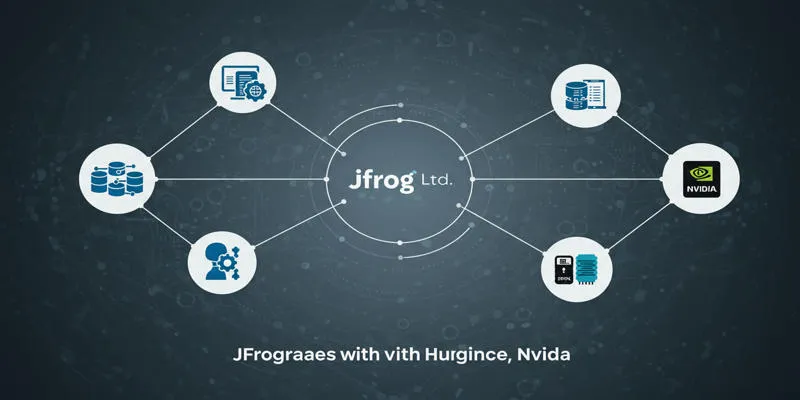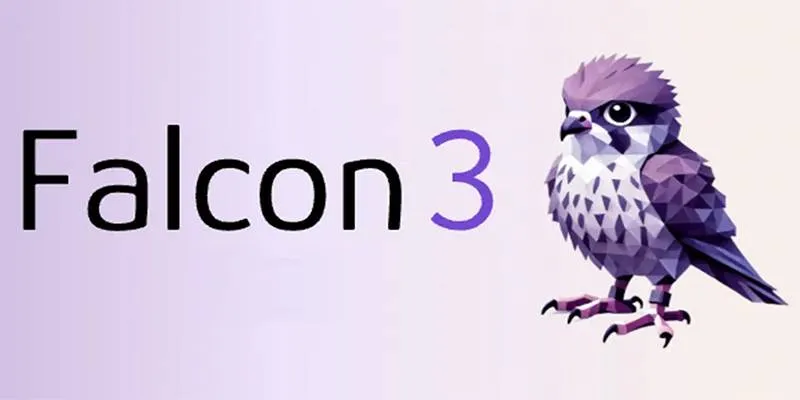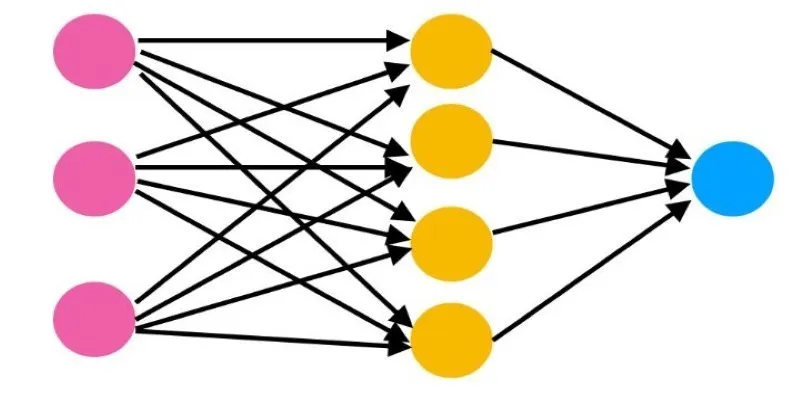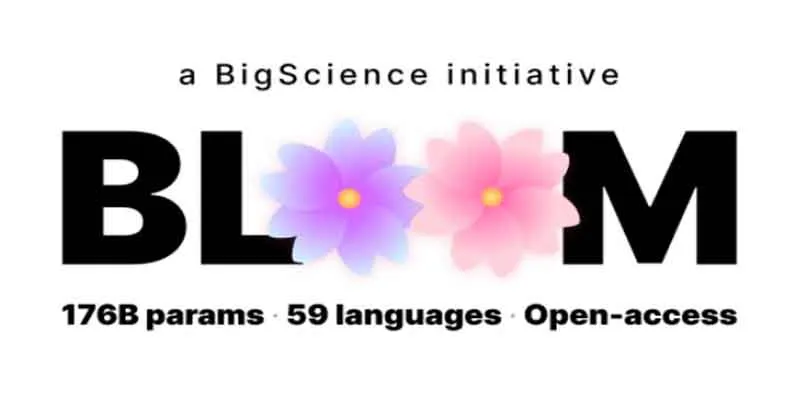When it comes to AI models, Hugging Face isn’t just another name in the room—it’s a leader that’s always doing something quietly clever. Recently, they introduced the Transformer Agent. No dramatic announcements, just a practical tool that might reshape how you use large language models. Curious about what’s under the hood and whether it’s worth your attention? Let’s dive in.
What Exactly Is Transformer Agent?
Let’s start with the basics. Transformer Agent isn’t a model itself—it’s a system built on top of models. Think of it as a reliable coordinator who knows how to ask the right questions, fetch the right tools, and get a task done. It combines multiple pre-built tools, allowing a language model to determine which to use, executing complex tasks step by step.
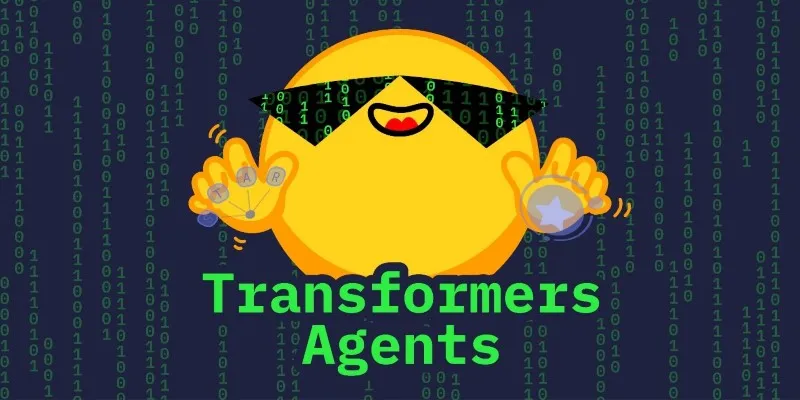
This isn’t about doing more of the same. It’s about getting specific work done—image analysis, file processing, Python code execution, and more—by breaking tasks into pieces and calling the right function at the right time. It’s like handing over a full toolbox to a capable assistant who knows not only what each tool does but also when and how to use each one. The result? Tasks that usually require multiple platforms, custom code, or repetitive searches can now be handled in a single flow.
How It Works Behind the Curtain
Here’s where it gets interesting. Most models today are trained to predict the next word. Hugging Face took that ability and gave it an actual job. Transformer Agent uses a language model, like OpenAssistant, wrapped in a mechanism that utilizes tools such as image classifiers, code interpreters, or document readers.
It reads your input, selects the best tool, and executes that tool through what Hugging Face calls “tools-as-functions.” Each tool is registered with a description and function, allowing the model to read and execute it. For example, if you upload a PDF and ask the agent to extract data and run calculations, the agent picks the document loader, extracts content, uses the math tool, and returns the results—all within the same response loop. It’s not reinventing the model—it’s giving it arms and legs.
The Tools That Make It All Click
Hugging Face didn’t stop at building the agent. They included a suite of ready-to-use tools aimed at different tasks. The variety here is the real strength.
- File and Document Tools: These tools simplify file handling. Whether it’s PDFs, CSVs, or plain text, the agent reads, interprets, and processes them, cutting several steps from your workflow.
- Image and Vision Tools: Got an image to analyze? No need to upload it to a separate vision model. Transformer Agent can run image classification, caption generation, or object detection right in the flow.
- Code Tools: The built-in code execution feature isn’t just for show. You can request a custom Python script, run it, and see the result without leaving the interface. It can handle calculations, plot charts, and more.
- Search and API Wrappers: Need up-to-date info? The agent uses search tools to provide web results and feed them into its chain of thought. It can also use APIs, allowing it to fetch real-time answers.
Together, these tools form a loop: read input → reason → fetch data, run task → generate output. The process feels natural, like asking an assistant with coding skills, internet access, and image recognition built-in.
What You Can Actually Do With It
Many AI tools look impressive in demos but feel limited in real use. Transformer Agent feels built to handle the not-so-glamorous tasks that consume your time. Here’s how it plays out in real scenarios:
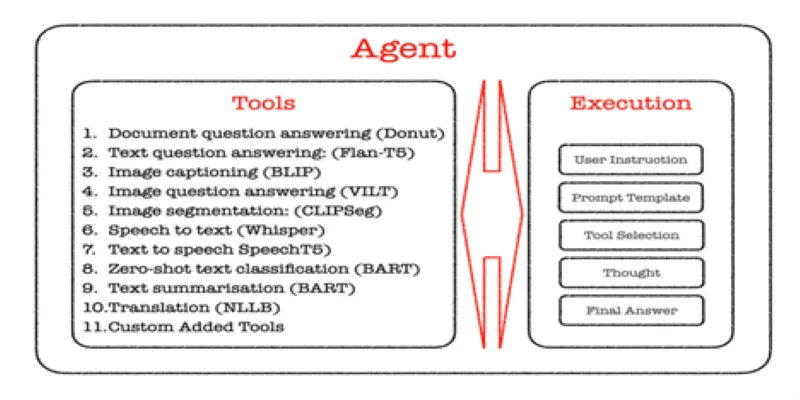
Working with Files
Instead of converting a file, uploading it to a third-party tool, and parsing results, you can feed it directly to the agent. It understands the structure and provides clear answers. For those in research, finance, or policy, this isn’t just helpful—it’s efficient.
Combining Vision with Text
Ask questions about images and get detailed, contextual answers. Want to know how many people are in a photo or whether a medical scan shows certain patterns? The agent pairs image models with language outputs, providing more than just a label.
Coding Tasks on the Fly
Skip the Jupyter notebook. Ask the agent to solve a problem, see the output, and iterate on it. It’s not meant to replace developers, but it speeds up the early phases of experimentation or data analysis.
Real-Time Info with Reasoning
Sometimes, you need more than one answer—you need a few steps to get there. The agent uses search tools to pull in data, interpret it, and connect the dots. You’re not just getting links—you’re getting answers that consider what those links say.
Final Thoughts
Transformer Agent isn’t trying to be flashy. It’s not out to become your new best friend or make sweeping claims about AI’s future. Instead, it’s helping you get work done with fewer clicks, tools, and guesswork. If you’ve used large language models before and wished they could follow through, Transformer Agent is Hugging Face’s answer. It’s smart, structured, and—more importantly—it works quietly to make your workflow smoother.
While it may not come with the hype of newer releases, it might just be the tool you reach for when you need results without distractions.
For more insights on AI advancements, visit Hugging Face’s official blog.
 zfn9
zfn9

